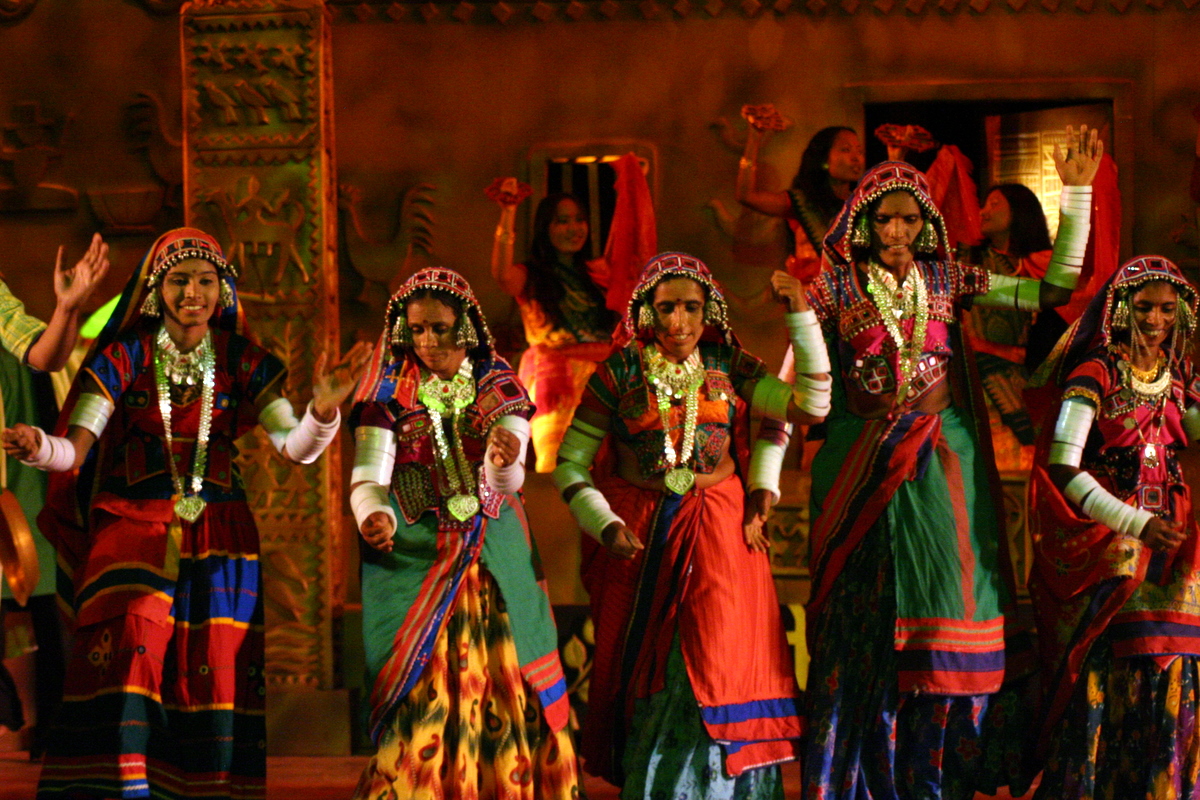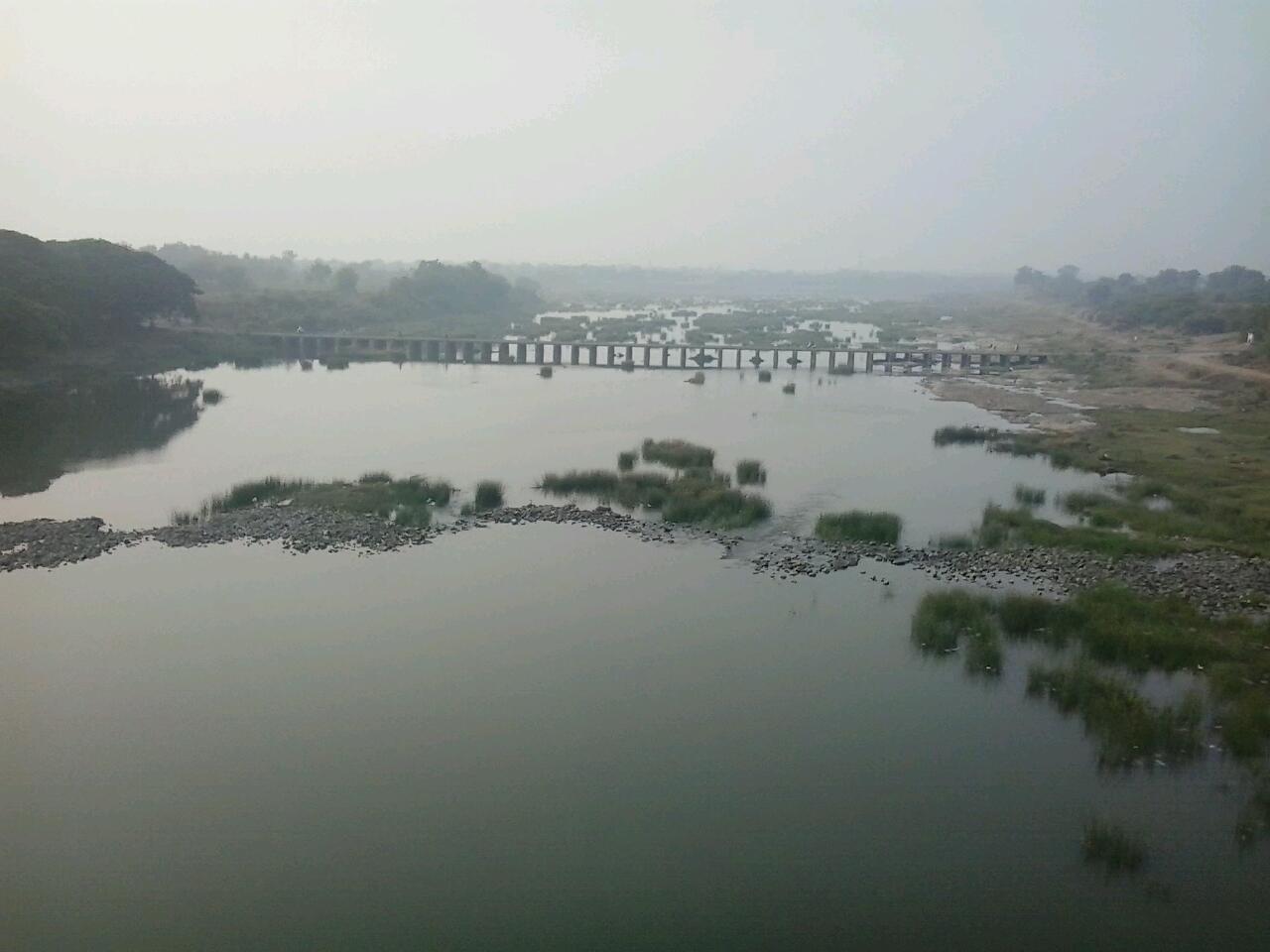|
Upper Pus Dam
Upper Pus Dam, also called Pus Dam is an earthfill dam on Pus river near Pusad, Yavatmal district in the state of Maharashtra in India. There is another downstream dam near Mahagaon called Lower Pus Dam which was built in 1983. Other nearby dams are Arunawati Dam in Digras built in 1994 and Isapur Dam built in 1982. Water shortage is an issue in Vidarbha region, in June 2019 Pus dam had zero percent water of its live capacity of 91,000 million litres.levels in Maharashtra’s dams down to 6.8% of total capacity 16 June 2019. Though it rose to 20.67% by 11 August 2019 due to arrival of monsoon. [...More Info...] [...Related Items...] OR: [Wikipedia] [Google] [Baidu] |
Government Of Maharashtra
The Government of Maharashtra is the state governing authority for the states of india, state of Maharashtra, India. It is a democratically elected State governments of India, government with 288 Member of the Legislative Assembly (India), MLAs elected to the Maharashtra Vidhan Sabha, Vidhan Sabha for a five-year term. Maharashtra has a Maharashtra Legislature which consists of two Houses, the Vidhan Sabha (Legislative Assembly) and the Vidhan Parishad (Legislative Council). As is the case in a parliamentary system, the government is formed by the party, Political alliance, alliance or group of assembly members who command the majority in the Lower House. The Lower House majority leader becomes the Chief Minister and selects the cabinet members from both Houses. In case an unelected person becomes the Chief Minister, they must be elected to either House within the following six months. Head Leaders Council of Ministers On 30 June 2022 Eknath Shinde was sworn in as the Chief ... [...More Info...] [...Related Items...] OR: [Wikipedia] [Google] [Baidu] |
Banjara
The Banjara are nomadic tribes found in India. Etymology The Gor usually refer to themselves as ''Banjaras'' and outsiders as ''Kor'', but this usage does not extend outside their own community. A related usage is ''Gor Mati'' or ''Gormati'', meaning "own people". Motiraj Rathod believes that the community became known as ''banjara'' from around the fourteenth century AD and previously had some association with the ''Laman'', who claim a 3,000-year history. Irfan Habib believes the origin of ''banjara'' lies in the Sanskrit word variously rendered as ''vanij'', ''vanik'', and ''banik'', as does the name of the Bania caste, which historically was India's "pre-eminent" trading community. However, according to B. G. Halbar, the word ''banjara'' is derived from the Sanskrit ''vana chara''. The group is known by different names in different parts of the country, including Gor Banjara, Baladiya, Gor, Gour Rajput, Rajput Banjara, Ladaniya, Labana, Nayak, etc.Despite the communi ... [...More Info...] [...Related Items...] OR: [Wikipedia] [Google] [Baidu] |
Deccan Plateau
The large Deccan Plateau in southern India is located between the Western Ghats and the Eastern Ghats, and is loosely defined as the peninsular region between these ranges that is south of the Narmada river. To the north, it is bounded by the Satpura and Vindhya Ranges. A rocky terrain marked by boulders, its elevation ranges between , with an average of about .Editors of Encyclopedia Britannica (2014), ''Deccan plateau India''Encyclopaedia Britannica/ref> It is sloping generally eastward. Thus, its principal rivers—the Godavari, Krishna, and Kaveri (Cauvery)—flow eastward from the Western Ghats to the Bay of Bengal. The plateau is drier than the coastal region of southern India and is arid in places. It produced some of the major dynasties in Indian history, including the Pallavas, Satavahana, Vakataka, Chalukya, and Rashtrakuta dynasties, also the Western Chalukya Empire, the Kadambas, the Yadava dynasty, the Kakatiya Empire, the Musunuri Nayakas regime, th ... [...More Info...] [...Related Items...] OR: [Wikipedia] [Google] [Baidu] |
Andhra Pradesh
Andhra Pradesh (, abbr. AP) is a state in the south-eastern coastal region of India. It is the seventh-largest state by area covering an area of and tenth-most populous state with 49,386,799 inhabitants. It is bordered by Telangana to the north-west, Chhattisgarh to the north, Odisha to the north-east, Tamil Nadu to the south, Karnataka to the west and the Bay of Bengal to the east. It has the second longest coastline in India after Gujarat, of about . Andhra State was the first state to be formed on a linguistic basis in India on 1 October 1953. On 1 November 1956, Andhra State was merged with the Telugu-speaking areas (ten districts) of the Hyderabad State to form United Andhra Pradesh. ln 2014 these merged areas of Hyderabad State are bifurcated from United Andhra Pradesh to form new state Telangana . Present form of Andhra similar to Andhra state.but some mandalas like Bhadrachalam still with Telangana. Visakhapatnam, Guntur, Kurnool is People Capital ... [...More Info...] [...Related Items...] OR: [Wikipedia] [Google] [Baidu] |
Rajahmundry
Rajahmundry, officially known as Rajamahendravaram, is a city in the Indian state of Andhra Pradesh and District headquarters of East Godavari district. It is the sixth most populated city in the state. During British rule, the District of Rajahmundry was created in the Madras Presidency in 1823. It was reorganised in 1859 and bifurcated into the Godavari and Krishna districts. Rajahmundry was the headquarters of Godavari district, which was further bifurcated into East Godavari and West Godavari districts in 1925. When the Godavari district was bifurcated, Kakinada became the headquarters of East Godavari and Eluru became the headquarters of West Godavari. It is administered under Rajahmundry revenue division of the East Godavari district. The city is known for its floriculture, history, culture, agriculture, economy, tourism, and its heritage. It is known as the "Cultural Capital of Andhra Pradesh". The city's name was derived from Rajaraja Narendra, the ruler of Chal ... [...More Info...] [...Related Items...] OR: [Wikipedia] [Google] [Baidu] |
Bay Of Bengal
The Bay of Bengal is the northeastern part of the Indian Ocean, bounded on the west and northwest by India, on the north by Bangladesh, and on the east by Myanmar and the Andaman and Nicobar Islands of India. Its southern limit is a line between Sangaman Kanda, Sri Lanka, and the north westernmost point of Sumatra, Indonesia. It is the largest water region called a bay in the world. There are countries dependent on the Bay of Bengal in South Asia and Southeast Asia. During the existence of British India, it was named as the Bay of Bengal after the historic Bengal region. At the time, the Port of Kolkata served as the gateway to the Crown rule in India. Cox's Bazar, the longest sea beach in the world and Sundarbans, the largest mangrove forest and the natural habitat of the Bengal tiger, are located along the bay. The Bay of Bengal occupies an area of . A number of large rivers flow into the Bay of Bengal: the Ganges– Hooghly, the Padma, the Brahmaputra– Yamuna, t ... [...More Info...] [...Related Items...] OR: [Wikipedia] [Google] [Baidu] |
Godavari River
The Godavari ( IAST: ''Godāvarī'' �od̪aːʋəɾiː is India's second longest river after the Ganga river and drains into the third largest basin in India, covering about 10% of India's total geographical area. Its source is in Trimbakeshwar, Nashik, Maharashtra. It flows east for , draining the states of Maharashtra (48.6%), Telangana (18.8%), Andhra Pradesh (4.5%), Chhattisgarh (10.9%) and Odisha (5.7%). The river ultimately empties into the Bay of Bengal through an extensive network of tributaries. Measuring up to , it forms one of the largest river basins in the Indian subcontinent, with only the Ganga and Indus rivers having a larger drainage basin. In terms of length, catchment area and discharge, the Godavari is the largest in peninsular India, and had been dubbed as the Dakshina Ganga ( Ganges of the South). The river has been revered in Hindu scriptures for many millennia and continues to harbour and nourish a rich cultural heritage. In the past few decades ... [...More Info...] [...Related Items...] OR: [Wikipedia] [Google] [Baidu] |
Pranhita River
The Pranhita River is the largest tributary of Godavari River covering about 34% of its drainage basin conveying the combined waters of the Penganga River, the Wardha River, and the Wainganga River. By virtue of its extensive network of tributaries, the river drains a large part of Vidarbha region in Maharashtra, as well as the southern slopes of the Satpura Range in southeast Madhya Pradesh. It flows along the border of Gadchiroli district in Maharashtra and Komaram Bheem Asifabad district in Telangana. The Pranahita sub-basin is the seventh largest in India, measuring about 109,078 km2, making it larger than the individual basins of significant rivers such as the Narmada River and Kaveri. Origin The Pranhita River begins at the confluence of two extensive rivers: the Wardha (catchment area: 46,237 km2) and the Wainganga (catchment area: 49,677 km2). This junction lies on the border between the states of Maharashtra and Telangana near TumdiHettty,Ko ... [...More Info...] [...Related Items...] OR: [Wikipedia] [Google] [Baidu] |
Wardha River
The Wardha River, also known as the Varada River, is a major river in Vidarbha, Maharashtra, which originates in the Satpura Range and flows into the Wain ganga river to form the Pranhita river which finally joins the Godavari river. Origin The Wardha river originates at an altitude of in the Satpura Range near Khairwani village in Multai tehsil, Betul District, Madhya Pradesh. Course From its origin, it flows for in Madhya Pradesh and then enters into Maharashtra. After travelling for another , it joins the Wainganga, forming the Pranahita, which ultimately flows into the Godavari River. Tributaries The Kar, Wena, Jam, and Erai are its left-bank tributaries, while the Madu, Bembala, and Penganga are its right-bank tributaries. The Bembla, is also an important tributary of River Wardha. Dams The Upper Wardha Dam is located on the Wardha river near Morshi. It is considered a lifeline for the city of Amravati and the Morshi and Warud Talukas. The Lower ... [...More Info...] [...Related Items...] OR: [Wikipedia] [Google] [Baidu] |
Nanded District
Nanded district (Marathi pronunciation: aːn̪d̪eɖ is a district of Maharashtra state in central India. The city of Nanded is the district headquarters. Officer Members of Parliament *Prataprao Govindrao Chikhalikar (BJP) *Sudhakar Tukaram Shrangare (BJP) *Hemant Patil (BSS) Guardian Minister list of Guardian Minister District Magistrate/Collector list of District Magistrate / Collector History Nanded is mentioned in historical accounts since 1st century. Upon reorganization of states in 1956, the district of Nanded came to comprise six talukas namely Kandhar, Hadgaon, Biloli, Degloor, Mudhol whereas Mukhed and Bhokar were called Mahals (revenue headquarters). As a result of reorganization of states, Bichkunda, Jukkal villages of Degloor taluka as well as the whole of Mudhol taluka (excluding Dharmabad) were merged with Nizamabad District of Telangana. In lieu of them, Kinwat and Islapur villages were separated from Adilabad District and made part of N ... [...More Info...] [...Related Items...] OR: [Wikipedia] [Google] [Baidu] |
Mahur, Maharashtra
Mahur or Mahurgad is a town and religious place in Nanded district of Maharashtra, India. Mahur is the birthplace of Hindu God Dattatreya. Dattatreya parents Atri Rishi and Sati Anasuya Mata lived here. Brahmadev, Vishnudev and Lord Shiva once got a news about Anusaya Mata that there is no one more pious and pure as her. To test her piousness they arrived under the garb of asking Alm (bhiksha). Near Mahur, There is a Pious confluence of River Penganga and River Pus at Hiwara Sangam village, Tal. Mahagaon Vidarbha, from where the river flows northward. Penganga river forms a border between Vidarbha and Marathwada. Mahur falls just about 3kms inside Marathwada due to river banks. There are three mountains in Mahur. The first one is having Renuka Mahar devi mata Temple, who is mother of the god Parshuram. Other two are called Datta Shikhar and Atri Anasuya Shikar Temples. Datta Shikhar is highest of all. Mahur has a sacred temple to Renuka Mata, which is considered one of th ... [...More Info...] [...Related Items...] OR: [Wikipedia] [Google] [Baidu] |


.jpg)




